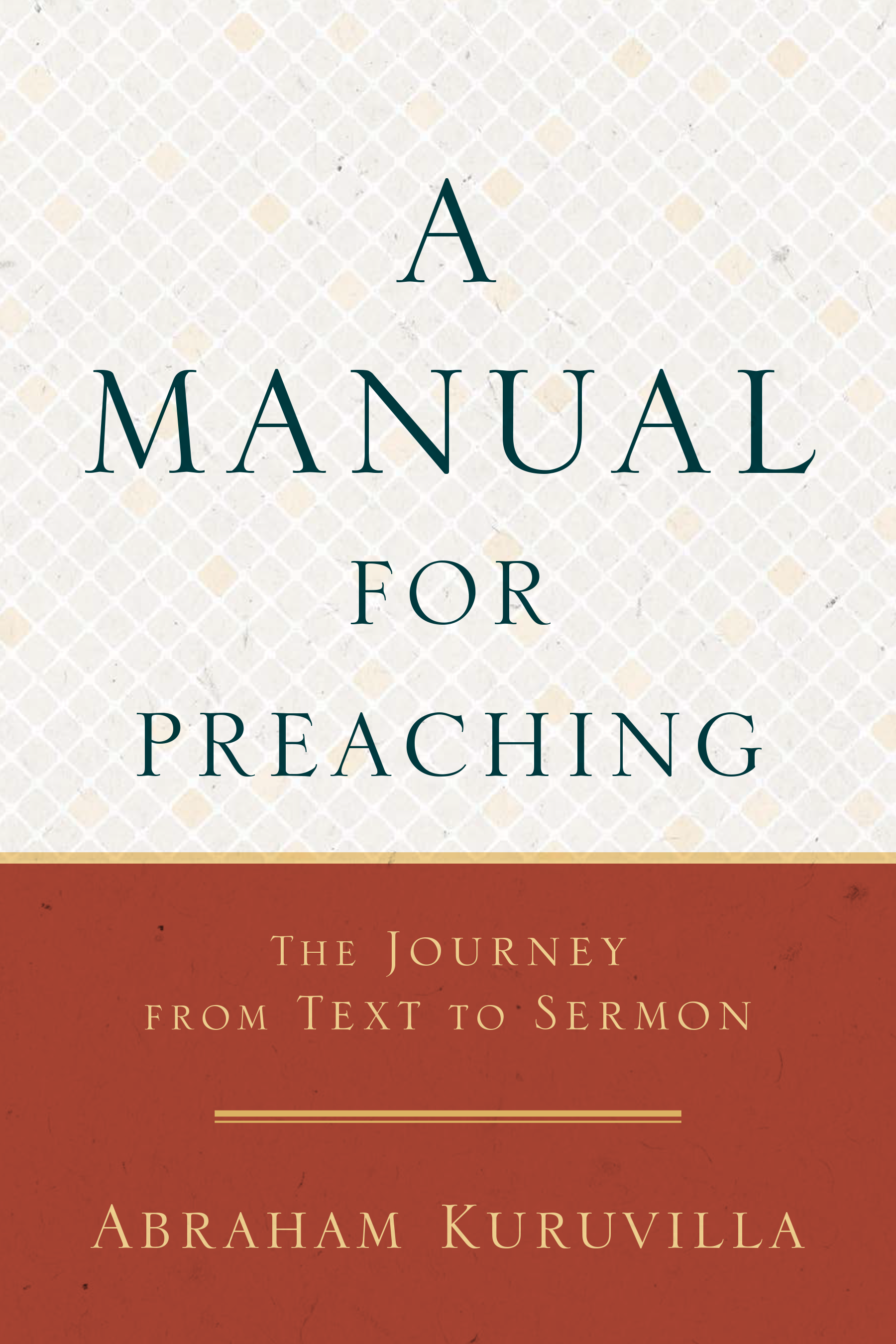Mark 15:40−16:8

Disciples restored by God’s grace continue to be faithful to Jesus, ready to undertake another round of the journey of discipleship with Jesus.
“But go, tell His disciples and Peter, ‘He is going ahead of you to Galilee; there you will see Him, just as He told you.’”
And going out, they [the women] fled from the tomb, for trembling and terror had seized them; and they said nothing to anyone, for they were afraid.
Mark 16:7–8
This final portion of Mark functions as the epilogue for the entire Gospel. (Most of the oldest manuscripts end the Gospel at 16:8; I agree with that termination: perfect closure! Mark is doing something here ….)
The women are the only ones left with Jesus—now dead. The men have all fled (14:51). But the women stay and they watch: the crucifixion, the centurion’s confession, Joseph of Arimathea’s request for the body, the burial, and the young man at the empty tomb (15:39–41, 47; 16:4). The women have remained with Jesus all along, at least thus far. Throughout the Gospel, while the testosterone-drenched, Y-chromosome-laden macho guys have constantly been shown to fail, only the women have been faithful—all the way from Simon’s mother-in-law in Mark 1, the woman with the hemorrhage in Mark 5, the Syrophoenician woman in Mark 7, the widow with her two coins in Mark 12, and the woman who anointed Jesus in Mark 14. Will the women now continue to be faithful to his mission, or would they fail like their male counterparts?
The inner circle of Jesus had three men. Now it’s three women (15:40; 16:1). What will they do?
[BTW, there is quite an interesting play of ideas going on here with the “young man” at the empty tomb (16:5), deliberately not called “angel,” so as to link him with the only other “young man” in Mark (14:51–52). That young man was wearing “linen”; this one is wearing “white.” For a fascination glimpse of Mark’s immensely clever literary art, see here for my account (or here, for a more formal article).]
Sadly, the women, too, fail. Despite the assurance of the young man that Jesus was alive, the women, scared, say nothing to anybody. To add insult to injury, they “flee” (16:8), painfully recalling the ignominious “fleeing” of the disciples and that of the naked young man (14:50, 52). The reader may have hoped for better things from the women, but no, they have failed, too. Family, friends, and disciples, both men and women—all have failed to be faithful to Jesus and his mission. No one remains.
Wait! There is somebody: you and I, who have been with Jesus as we went through this Gospel from chapter 1 through 16. We have been there all along. And now as the curtain falls on this dismaying final scene of failure in discipleship, it is we who are being asked by Mark: “Will you be faithful?”
The story, despite its seemingly disappointing and abrupt ending, is not hopeless. On the contrary! The ending signals that Jesus—alive!—is ready to start another round of the Trip of Discipleship. And, most importantly, he invites disciples—even failed ones, like Peter—to join him where it all began: in Galilee (16:7). It turns out, thankfully, that there is forgiveness and restoration for those who may have failed, faltered, and fallen. All can get back “on the way” to following Jesus. And so even a cryptic end turns out to be a joyous beginning—a renewed call to discipleship.
The invitation is open: Will you follow Jesus as he takes us from Galilee to Calvary?












 Abe Kuruvilla is the Carl E. Bates Professor of Christian Preaching at The Southern Baptist Theological Seminary (Louisville, KY), and a dermatologist in private practice. His passion is to explore, explain, and exemplify preaching.
Abe Kuruvilla is the Carl E. Bates Professor of Christian Preaching at The Southern Baptist Theological Seminary (Louisville, KY), and a dermatologist in private practice. His passion is to explore, explain, and exemplify preaching.